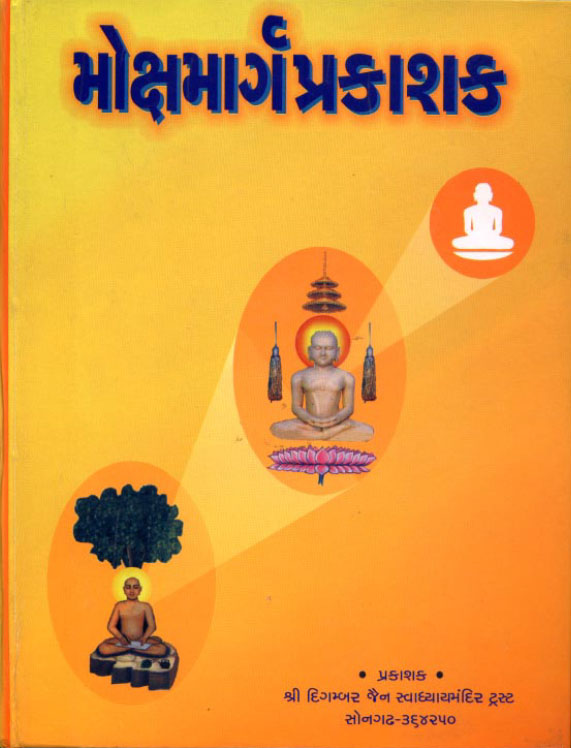
The stage of wrong believer (Gross ignorance)Īdvanced thought-activity (Passions are still occurring) These are: Gunasthāna (Stages on the Path) The fourteen stages on the path to liberation are called Gunasthāna. Once a soul secures samyaktva, mokṣa is assured within a few lifetimes. It consists in following austerities, engaging in right activities and observance of vows, carefulness and controls. Samyak Caritra or rational conduct is the natural conduct of a (soul) living being. Samyak Darsana or rational perception is the rational faith in the true nature of every substance of the universe. These three, together, constitute the path to liberation. Knowledge of these substances without doubt, delusion or misapprehension, is right knowledge (samyagjñāna). According to Acharya KundaKunda's Samayasara:īelief in the nine substances as they are is right faith (samyagdarśana). Īccording to Jainism, the Ratnatraya or "three Gems", samyagdarśana (correct perception), samyagjñāna (right knowledge) and samyakchāritra (right conduct), together constitute the mokṣamarga or the path to liberation. According to Jain texts, the liberated pure soul ( Siddha) goes up to the summit of universe ( Siddhashila) and dwells there in eternal bliss. Jain texts often add samyak tap (Correct Asceticism) as a fourth jewel, emphasizing belief in ascetic practices as the means to liberation (moksha). The path to liberation Īccording to Jainism, purification of soul and liberation can be achieved through the path of three jewels: Samyak darśana (Correct View), meaning faith, acceptance of the truth of soul ( jīva) Samyak jnana (Correct Knowledge), meaning undoubting knowledge of the tattvas and Samyak charitra (Correct Conduct), meaning behavior consistent with the Five vows. On the other hand, abhavya souls are those souls who cannot attain liberation as they do not have faith in mokṣa and hence never make any efforts to attain it.

However, bhavyata itself does not guarantee mokṣa, as the soul needs to expend necessary efforts to attain it. This potentiality or quality is called bhavyata. Bhavya souls are those souls who have faith in mokṣa and hence will make some efforts to achieve liberation. These people also don’t perpetuate non-acceptable behaviour (such as lying, stealing etc.), as they have a religious attitude.From the point of view of potentiality of mokṣa, Jain texts bifurcates the souls in two categories– bhavya and abhavya.

They remain deeply engrossed in the study of scriptures. Whenever they have a question, they ask with humbleness, or start a mutual discussion. The grasp everything correctly by knowing what it really means.


Those who believe in the Jain Dharma, have strong intellect by listening to different scriptures, they understand and know all standpoints. He continuously reflects within his inner self over the meaning explained by the mentor ( Guru), after determining the true meaning through his own thoughts he works towards achieving what is understood - this is the nature of a new listener. One who is constantly in thinking about the questions above, seeking answers wants to understand his true self and is questioning that because these thoughts are in an active state.Īfter finding out and believing that this can be achieved by listening to scriptures ( Shastras), he listens to the scriptures enthusiastically. A person who is constantly met with questions such as “Who am I?”, “What is my true nature?”, “How is everything happening to me?”, “What are the results of my thoughts and feelings?”, “The self ( Jiva) is in miseries, what is the method to put these miseries to an end?” I (read: the being) needs to find the answers to the questions above and do something that would benefit his true self.


 0 kommentar(er)
0 kommentar(er)
